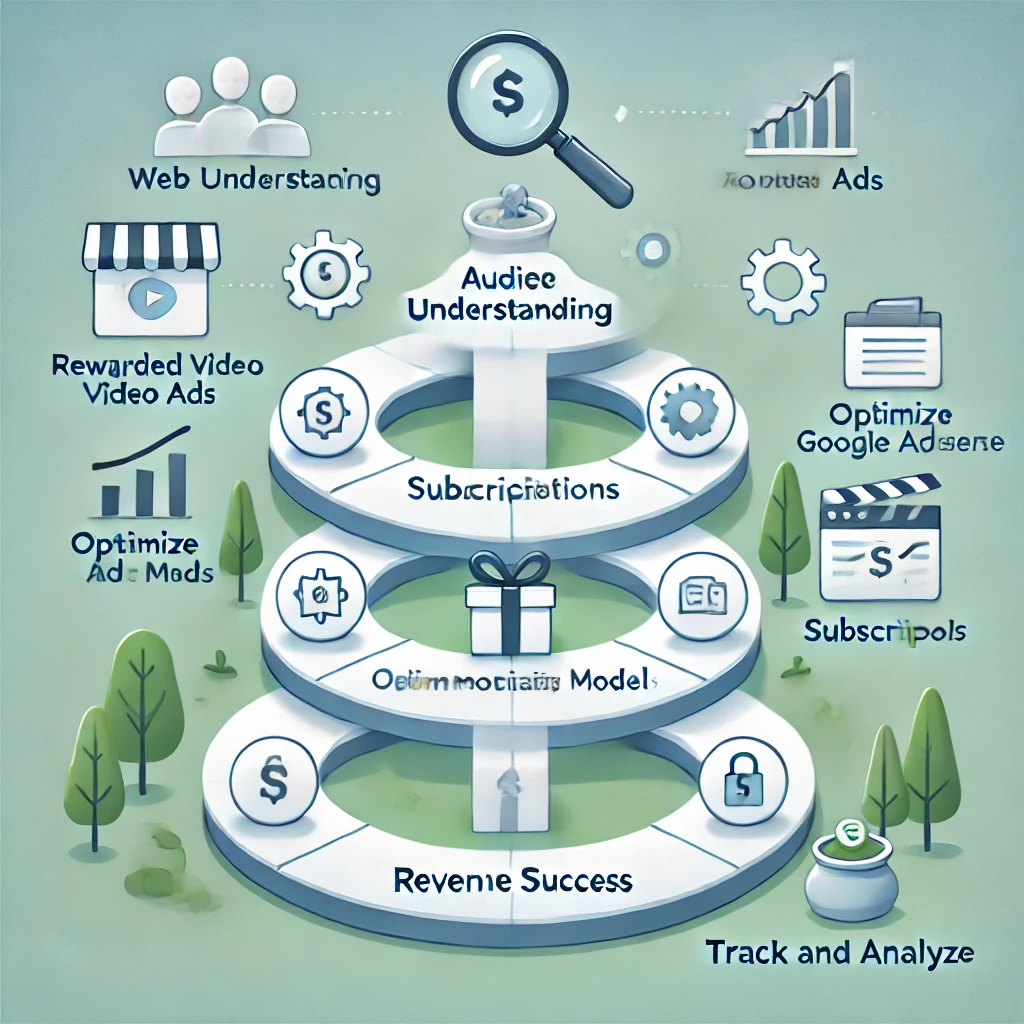Best Practices for Implementing User-Centered Video Ads
To create a user-friendly ad experience, consider these best practices that keep players at the center of your monetization strategy.
1. Respect Gameplay Flow
One of the most important aspects of user-centered ad placement is respecting the natural flow of gameplay. Ads should appear at times that feel appropriate and non-intrusive, such as after level completion, before a new mission, or at game checkpoints.
Examples of Non-Intrusive Ad Placement:
- End of Level: Placing ads at the end of a level allows players to complete a milestone without interruption.
- Checkpoint Ads: Some games offer ads at checkpoints or save points, allowing players to take a break without disrupting gameplay.
- Game-Over Screen: Offering players the option to watch an ad for an extra life after they lose can feel like a natural part of the gameplay loop.
These placements respect the player’s progress and give them a sense of control over their engagement with ads.
2. Offer Rewards for Voluntary Ad Engagement
Reward video ads—ads that players choose to watch in exchange for in-game benefits—are one of the most popular ways to monetize a game without disrupting gameplay. Players actively opt into watching ads, knowing they’ll receive something of value in return. This approach turns ads into opportunities rather than obstacles.
Examples of Rewarded Ads:
- In-Game Currency or Power-Ups: Offer players extra currency, power-ups, or other valuable items for watching a video ad.
- Double Rewards: In games with currency-based rewards, give players the option to double their earnings after a level by watching a short ad.
- Energy Boosts or Extra Lives: Allow players to extend their gameplay session with an extra life or energy refill if they choose to watch an ad.
By providing incentives, players feel that they’re gaining something meaningful from watching ads, making the experience feel positive rather than forced.
3. Give Players Control and Transparency
Transparency and control are essential components of user-centered ad integration. Players should feel in control of their experience and know exactly what to expect when they choose to engage with an ad.
How to Provide Transparency and Control:
- Ad Duration Display: Clearly display the duration of video ads so players know how long they’ll be engaged.
- Skippable Ads: Allow players the option to skip ads after a few seconds, especially for non-rewarded ads. This choice respects the player’s time and prevents frustration.
- Clear Opt-In Prompts: Label reward ads as optional. This way, players can choose to engage without feeling tricked or forced.
By giving players transparency and control over ad engagement, developers can build trust and encourage positive engagement with ads.
Building Game Design around Ad Monetization
For user-centered video ads to feel seamless, developers should consider ad integration from the very beginning of the game design process. Building gameplay mechanics that align with ad opportunities ensures that ads enhance rather than disrupt the player experience.
1. Integrate Ads into the Game’s Core Mechanics
Designing game mechanics with ad monetization in mind can make reward ads feel like a natural part of gameplay rather than an added element. For example, in games where resources like energy or lives are limited, reward ads can offer players a chance to continue playing without making additional purchases.
Example: Energy-Based Games
In resource-limited games, players can often run out of energy or lives. Offering a reward ad to gain more energy allows players to continue their session without stopping their flow, making the ad feel like a helpful feature rather than a disruption.
2. Balance Monetization with Gameplay Quality
A well-monetized game doesn’t need to be saturated with ads. In fact, too many ads can drive players away. Balance ad frequency by setting limits on the number of ads players can view in a session or by spacing out ad opportunities.
Tips for Ad Frequency Balance:
- Set Session Limits: Limit reward video ads to two or three times per session to avoid overwhelming players.
- Cooldown Periods: Add cooldown times between ads to prevent ad fatigue. This approach respects the user experience and prevents the game from feeling like an ad delivery platform.
Balancing ad frequency with gameplay quality helps to maintain player satisfaction, ensuring that players continue to return to the game.
3. Use Ads as a Supplement to In-App Purchases
Reward video ads can serve as a powerful supplement to in-app purchases (IAPs). By offering ads as an option for gaining small rewards, developers can appeal to non-paying players while preserving higher-tier purchases for players willing to spend.
Example: Tap Titans’ Gold Mechanic
In Tap Titans, players have the option to watch ads to gain small amounts of in-game currency, which can be used for character upgrades. However, larger amounts of currency or exclusive items are available only through IAPs. This dual monetization model keeps the game accessible while providing spending options for players interested in faster progression.



